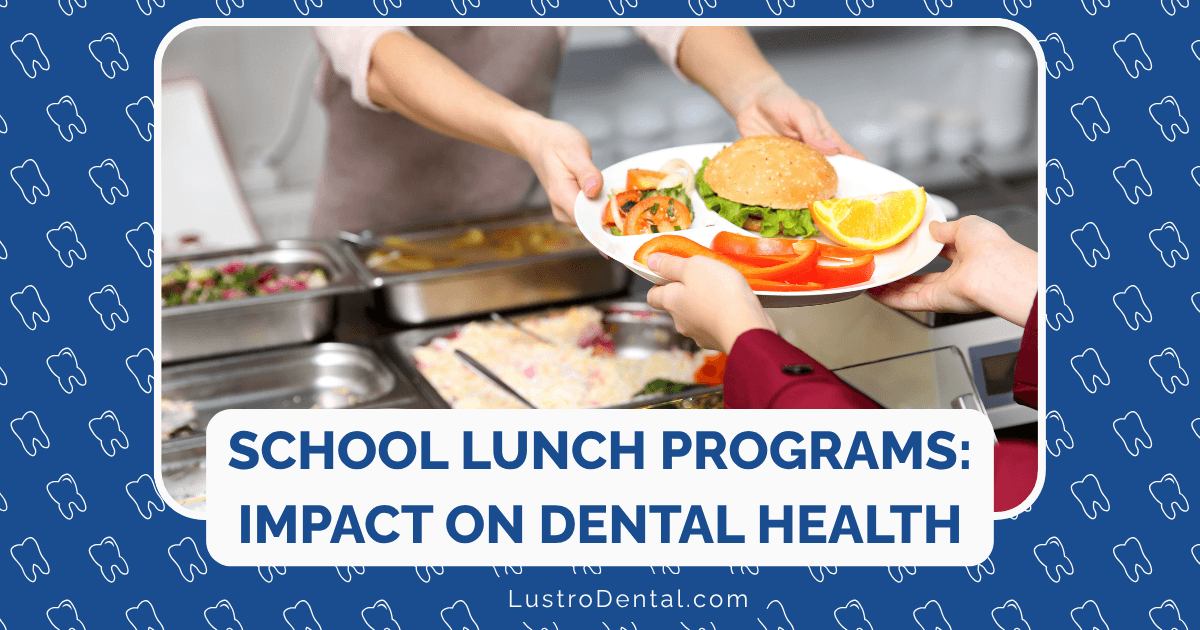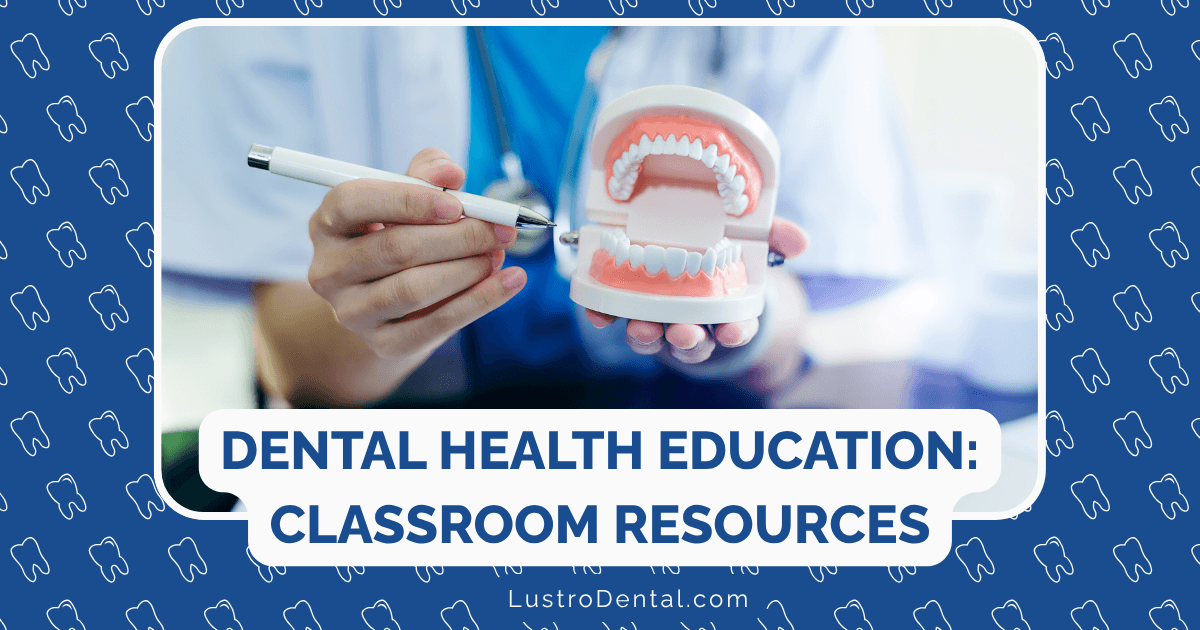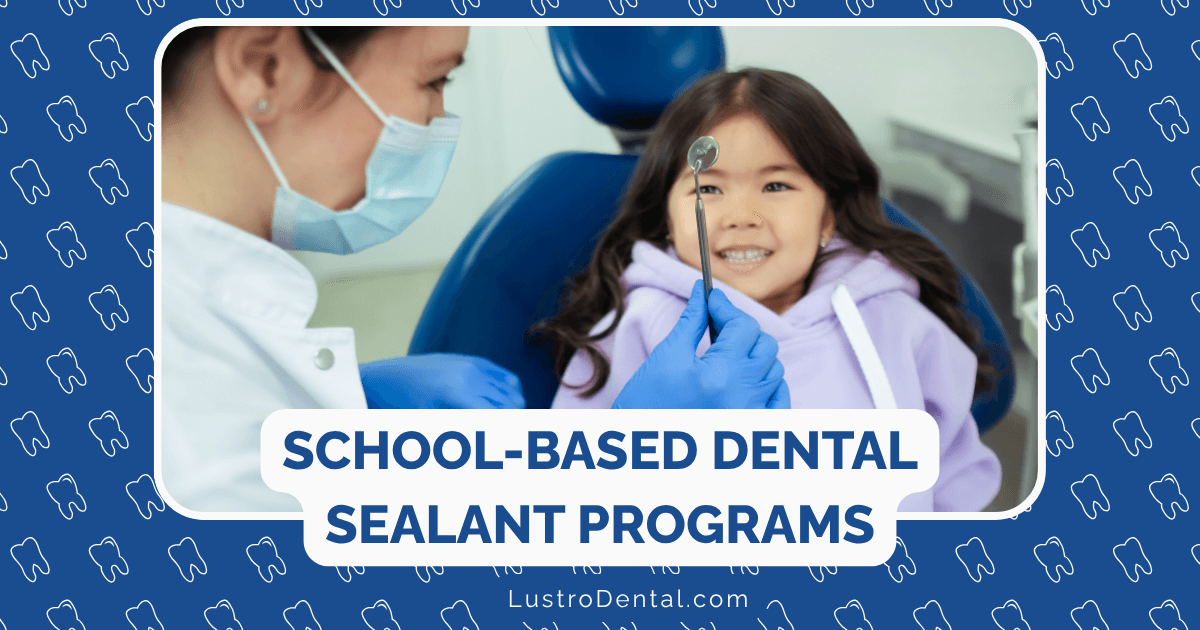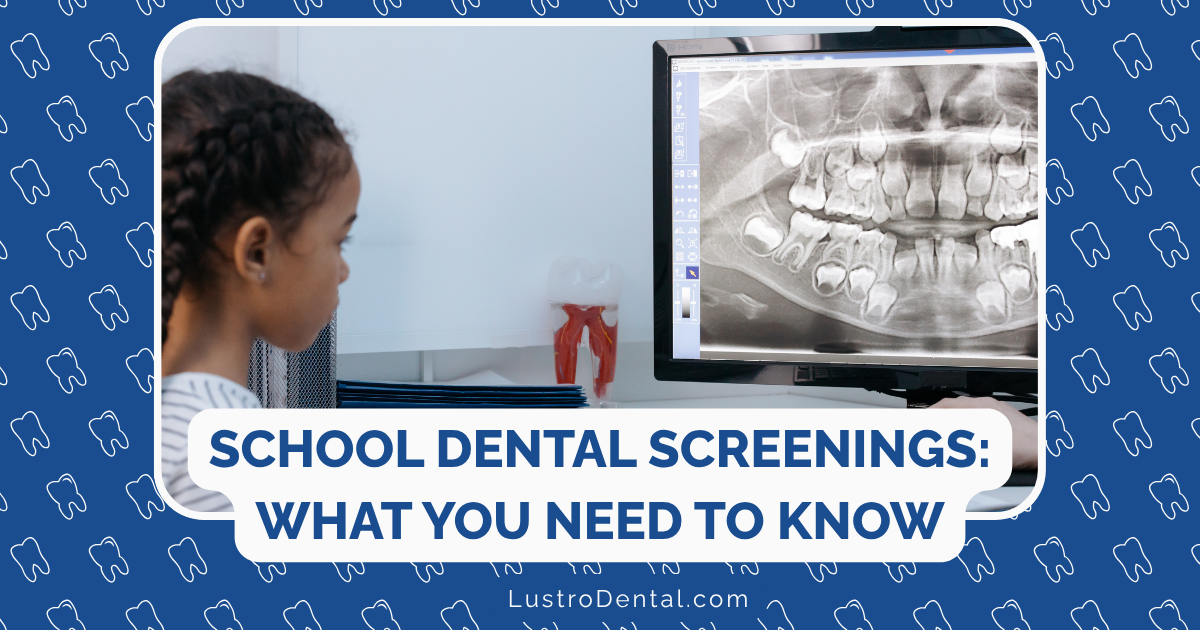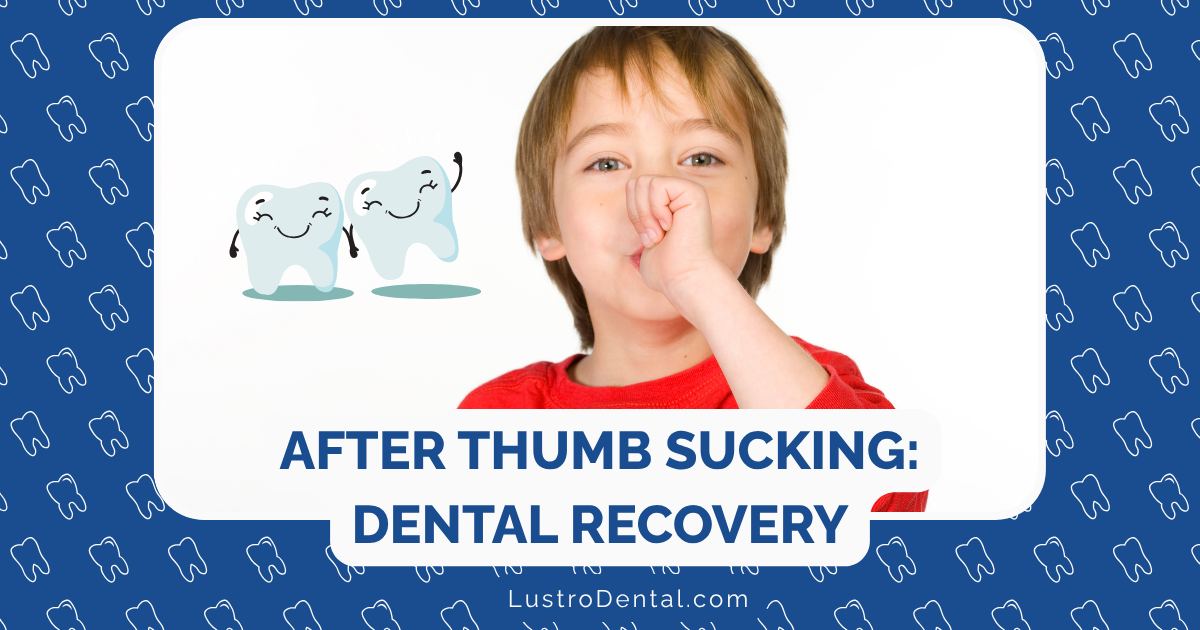Cavity-Free Lunch Boxes: Tooth-Friendly School Meal Ideas
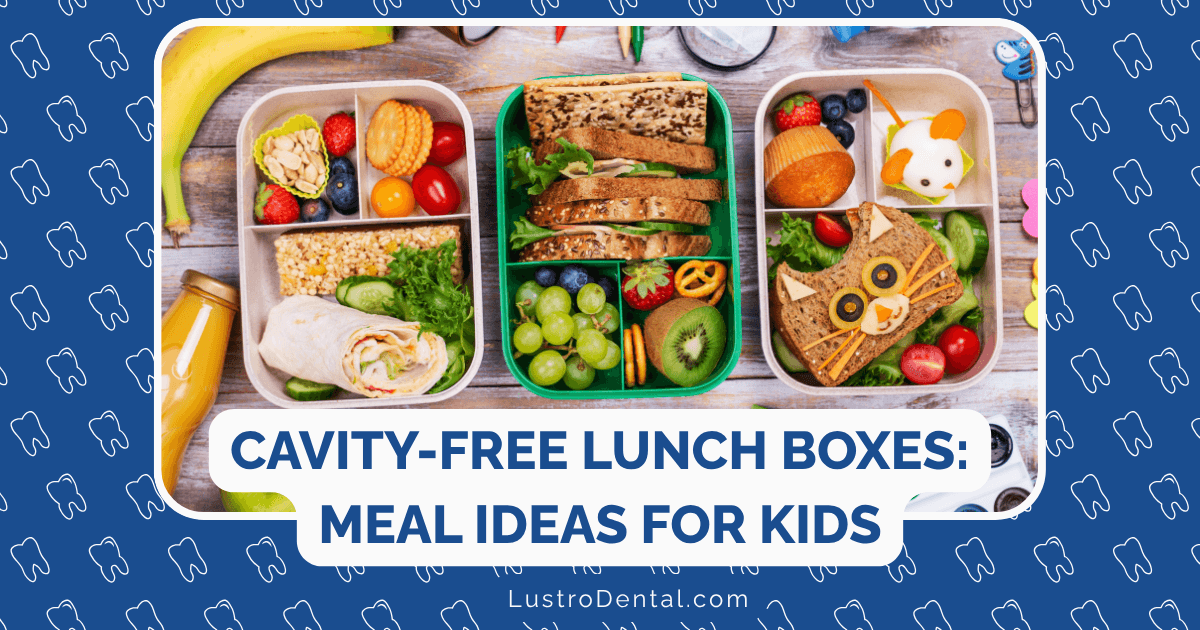
Packing your child’s lunch box is about more than just filling their belly until dinner—it’s an opportunity to nourish their growing body and support their dental health. While we often think about brushing and flossing as the cornerstones of cavity prevention, the foods our children eat throughout the day play an equally important role in keeping their smiles bright and healthy.
The challenge? Creating lunches that are not only nutritious and tooth-friendly but also appealing enough that they won’t end up traded away or tossed in the trash. As a dental health advocate, I’ve compiled this comprehensive guide to help you pack cavity-free lunch boxes that protect your child’s teeth while still earning an enthusiastic thumbs-up from even the pickiest eaters.
The Mouth-Food Connection: How Lunch Affects Dental Health
Before diving into specific lunch ideas, let’s understand how food choices impact your child’s oral health:
The Good: Cavity-Fighting Foods
Certain foods actively protect teeth by:
- Stimulating saliva production – Nature’s own cleaning system that washes away food particles and neutralizes acids
- Providing essential minerals like calcium and phosphorus that strengthen tooth enamel
- Offering mechanical cleaning action that helps remove plaque while eating
- Delivering vitamins that support gum health and overall oral wellness
The Bad: Cavity-Promoting Foods
Other foods increase cavity risk by:
- Feeding harmful bacteria that produce tooth-damaging acids
- Sticking to teeth for extended periods, giving bacteria more time to produce acids
- Creating an acidic environment that erodes tooth enamel
- Reducing saliva flow or increasing its stickiness, limiting its protective benefits
Dr. Sarah Johnson, pediatric dentist at Children’s Dental Health, explains: “What makes school lunches particularly important is that children typically don’t have the opportunity to brush after eating. This means food choices matter even more during school hours than at home.”
Building Blocks of a Tooth-Friendly Lunch
A cavity-fighting lunch box should include selections from these key food groups:
1. Protein Powerhouses
Protein-rich foods provide phosphorus and other minerals that help rebuild and protect tooth enamel.
Top choices:
- Turkey or chicken slices
- Hard-boiled eggs
- Tuna or salmon
- Greek yogurt (unsweetened)
- Cheese (all varieties)
- Nuts and seeds (if allowed at school)
- Hummus
Why they work: “Protein foods, especially dairy products, help neutralize acids in the mouth,” explains Dr. Michael Chen of Denver Youth Dentistry. “Cheese is particularly effective because it triggers a rapid increase in pH levels in the mouth, creating an environment where cavity-causing bacteria struggle to survive.”
2. Crunchy Fruits and Vegetables
These natural tooth cleaners help scrub away plaque while providing essential vitamins and minerals.
Top choices:
- Apple slices
- Carrot sticks
- Celery
- Cucumber rounds
- Bell pepper strips
- Broccoli florets
- Pear slices
Why they work: “Crunchy fruits and vegetables work like natural toothbrushes,” notes Dr. Emily Rodriguez, pediatric dental specialist. “Their firm, fibrous texture helps scrape away plaque, and their high water content stimulates saliva production, which washes away food particles and buffers acids.”
3. Calcium-Rich Foods
Calcium is essential for strong teeth and bones and helps remineralize enamel.
Top choices:
- Cheese sticks or cubes
- Plain yogurt
- Milk (in a thermos)
- Calcium-fortified non-dairy alternatives
- Leafy greens like kale
- Almonds (if allowed at school)
Why they work: According to research from UT Health San Antonio, calcium-rich foods provide the building blocks needed to strengthen enamel and repair microscopic damage before it becomes a cavity.
4. Smart Carbohydrates
Not all carbs are created equal when it comes to dental health.
Top choices:
- Whole grain bread, wraps, or crackers
- Brown rice
- Quinoa
- Sweet potatoes
- Beans and lentils
Why they work: “Complex carbohydrates don’t break down into simple sugars as quickly as refined carbs,” explains nutritionist Dr. Lisa Patel. “This means they’re less likely to feed the harmful bacteria that cause cavities. Plus, whole grains require more chewing, which stimulates saliva production.”
5. Tooth-Friendly Beverages
What your child drinks with lunch matters as much as what they eat.
Top choices:
- Water (the absolute best choice)
- Milk (plain, not flavored)
- Unsweetened coconut water
Why they work: “Water is nature’s perfect beverage for dental health,” says Dr. Johnson. “It helps rinse away food particles without leaving behind sugar or acid. For children who don’t like plain water, try adding a few fresh berries or cucumber slices for natural flavor without sugar.”
15 Cavity-Fighting Lunch Combinations Kids Will Actually Eat
Now let’s put these building blocks together into complete lunches that balance dental health with kid appeal:
1. The Classic Upgraded
What to pack:
- Turkey and cheese roll-ups on whole grain tortilla
- Carrot sticks and cucumber rounds
- Apple slices
- Water bottle
Dental benefits: Protein from turkey, calcium from cheese, cleaning action from vegetables and apple, no sticky carbs to get trapped between teeth.
2. Breakfast for Lunch
What to pack:
- Hard-boiled egg
- Greek yogurt with a sprinkle of cinnamon
- Fresh berries
- Whole grain toast triangles
- Milk in a thermos
Dental benefits: High protein content, calcium boost from yogurt and milk, berries provide vitamins for gum health with less sugar than most fruits.
3. Bento Box Bonanza
What to pack:
- Cheese cubes
- Sliced almonds (if allowed)
- Whole grain crackers
- Bell pepper strips
- Sliced strawberries
- Water bottle
Dental benefits: The variety encourages sampling of all foods rather than filling up on just carbs; cheese helps neutralize acids from the fruit.
4. Thermos Champion
What to pack:
- Homemade vegetable soup with beans (in thermos)
- Cheese stick
- Whole grain roll
- Sliced pear
- Water bottle
Dental benefits: Warm, comforting foods that provide protein, fiber, and nutrients without sticking to teeth.
5. Protein-Packed Pasta
What to pack:
- Whole grain pasta salad with chicken, cherry tomatoes, and cheese
- Cucumber rounds
- Kiwi slices
- Water bottle
Dental benefits: Complete protein source, calcium from cheese, vitamin C from kiwi for gum health.
6. Mediterranean Munch
What to pack:
- Hummus
- Whole grain pita triangles
- Cucumber and bell pepper strips
- Greek yogurt with a drizzle of honey
- Clementine sections
- Water bottle
Dental benefits: Protein from hummus, calcium from yogurt, crunchy vegetables for natural cleaning.
7. No-Sandwich Necessary
What to pack:
- Hard-boiled egg
- Cheese cubes
- Whole grain crackers
- Apple slices
- Carrot sticks
- Water bottle
Dental benefits: Eliminates sticky bread that can trap sugars against teeth; provides protein and calcium for remineralization.
8. South-of-the-Border Bowl
What to pack:
- Black beans and brown rice
- Shredded cheese
- Cherry tomatoes
- Guacamole in a small container
- Jicama sticks
- Water bottle
Dental benefits: Beans provide protein and minerals, jicama offers crunchy cleaning action, limited acidic components.
9. DIY Lunch Kabobs
What to pack:
- Cubes of cooked chicken
- Cheese cubes
- Cherry tomatoes
- Cucumber chunks
- Wooden skewers (with tips removed for safety)
- Whole grain roll
- Water bottle
Dental benefits: Fun presentation encourages eating protein and vegetables first; interactive format makes healthy eating exciting.
10. Breakfast Burrito Bowl
What to pack:
- Scrambled egg (in thermos to keep warm)
- Black beans
- Cheese
- Whole grain tortilla strips
- Bell pepper strips
- Water bottle
Dental benefits: High protein content, calcium from cheese, crunchy vegetables for natural cleaning action.
11. Tuna Salad Boats
What to pack:
- Tuna salad (made with Greek yogurt instead of mayo)
- Celery stalks for filling
- Whole grain crackers
- Apple slices
- Water bottle
Dental benefits: Omega-3 fatty acids in tuna support gum health, celery provides natural cleaning action.
12. Leftover Magic
What to pack:
- Leftover grilled chicken
- Sweet potato cubes
- Steamed broccoli
- Cheese stick
- Water bottle
Dental benefits: Balanced meal with protein, smart carbs, and vegetables; nothing sticky to adhere to teeth.
13. Yogurt Parfait Power
What to pack:
- Greek yogurt
- Fresh berries
- Low-sugar granola
- Sliced almonds (if allowed)
- Celery sticks with cream cheese
- Water bottle
Dental benefits: Calcium-rich main dish, protein for satiety, crunchy components for cleaning action.
14. Quesadilla Quarters
What to pack:
- Cheese quesadilla on whole grain tortilla (can be eaten cold)
- Guacamole for dipping
- Bell pepper strips
- Sliced cucumber
- Water bottle
Dental benefits: Calcium from cheese, crunchy vegetables, healthy fats from avocado.
15. Breakfast Muffin Tin
What to pack:
- Mini egg frittatas (baked in muffin tin with vegetables)
- Cheese cubes
- Whole grain crackers
- Apple slices
- Water bottle
Dental benefits: Protein-packed main dish, calcium boost from cheese, apple for natural cleaning.
Foods to Limit or Avoid
While focusing on tooth-friendly options, it’s equally important to know which foods can increase cavity risk when included regularly in lunch boxes:
High-Risk Foods
- Sticky sweets – Fruit leather, chewy granola bars, dried fruit, and gummy treats stick to teeth, giving bacteria extended time to produce acids.
- Starchy snacks – Chips, crackers, and pretzels break down into simple sugars and can get trapped between teeth.
- Acidic foods and drinks – Citrus fruits, tomato products, and pickled items can erode enamel, especially when consumed frequently.
- Sugary drinks – Juice boxes, sports drinks, and flavored milk contain sugars that bathe teeth in cavity-promoting substances.
- Processed snack cakes and cookies – These combine sugar, refined carbs, and sticky textures—a triple threat to dental health.
Dr. James Wilson of Clearwater Dentistry explains: “The occasional treat won’t cause immediate harm, but daily exposure to these foods creates an environment where cavity-causing bacteria thrive. If you do include a treat, pair it with water and tooth-friendly foods that can help mitigate the damage.”
Making the Transition: Tips for Picky Eaters
If your child is accustomed to more processed lunch options, transitioning to tooth-friendly alternatives might require some strategy:
Gradual Swaps
Start by making one change at a time:
- Replace juice with water infused with a few berries
- Swap white bread for whole grain
- Substitute fruit leather with fresh fruit
- Replace potato chips with air-popped popcorn or whole grain crackers
Presentation Matters
- Use cookie cutters to create fun shapes from fruits, vegetables, and sandwiches
- Invest in a bento-style lunch box with separate compartments
- Include colorful silicone cupcake liners to separate foods
- Pack a special note or joke to make lunchtime more fun
Involve Your Child
- Take your child grocery shopping and let them choose from tooth-friendly options
- Have them help prepare their lunch the night before
- Create a chart of approved foods and let them design their own combinations
- Consider their feedback about what they enjoyed and what came home uneaten
Beyond the Lunch Box: Supporting School-Day Dental Health
Even the most tooth-friendly lunch can’t completely protect against cavities without these additional strategies:
Morning Routine
- Ensure thorough brushing before school
- Consider a fluoride rinse for added protection (for children old enough to rinse and spit effectively)
After-School Habits
- Establish a routine of brushing or at least rinsing with water after the school day
- Avoid offering sugary snacks immediately after school
Hydration Habits
- Send a reusable water bottle to school
- Encourage regular sipping throughout the day
- Explain how water helps “wash away” food particles
Regular Dental Visits
- Schedule check-ups every six months
- Ask your dentist about sealants and fluoride treatments for added protection
- Discuss specific recommendations based on your child’s cavity risk
Conclusion: Small Changes, Big Impact
Creating cavity-free lunch boxes isn’t about perfection—it’s about making informed choices that support your child’s dental health while still providing enjoyable, satisfying meals. By incorporating more tooth-friendly foods and limiting those that promote decay, you’re not just preventing cavities; you’re establishing healthy eating patterns that can last a lifetime.
Remember that every small change matters. Even swapping out one high-risk item for a tooth-friendly alternative can make a difference in your child’s oral health. Start with the changes that seem most manageable for your family, and gradually build from there.
Your efforts to pack tooth-friendly lunches today are an investment in your child’s smile—and their overall health—for years to come.
FAQs About Tooth-Friendly Lunches
My child’s school is nut-free. What are good alternatives to nuts for protein?
How can I keep cut apples from browning in the lunch box?
My child has braces. What tooth-friendly foods work with orthodontic appliances?
Are there any sweet treats that are relatively tooth-friendly for occasional inclusion?
How can I make water more appealing to a child who prefers juice?
What tooth-friendly lunches have been hits with your children? Share your success stories in the comments below!


